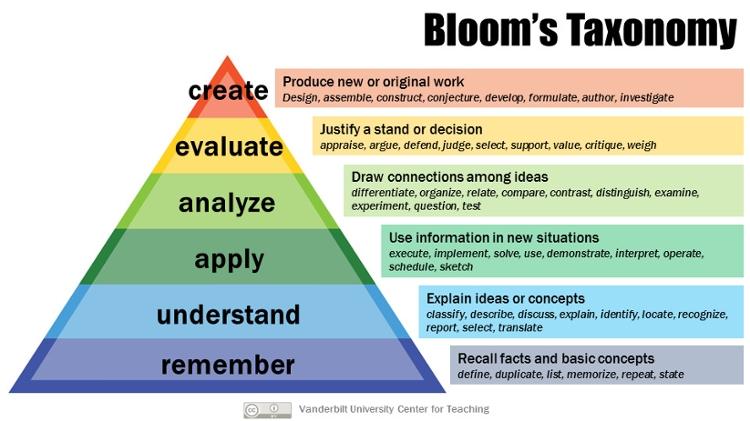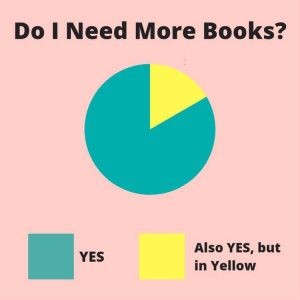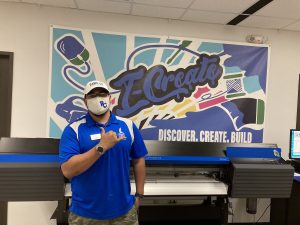A QEP you say? Information and digital literacy you say? What the what?
What’s a QEP?
QEP is an acronym for Quality Enhancement Plan and is part of the SACSCOC reaffirmation process. According to SACSCOC, “the Quality Enhancement Plan is an integral component of the reaffirmation of accreditation process and is derived from an institution’s ongoing comprehensive planning and evaluation process. It reflects and affirms a commitment to enhance overall institutional quality and effectiveness by focusing on an issue that the institution considers important to improving student learning outcomes and/or student success.” TAMU-CC’s QEP from the previous SACSCOC reaffirmation was the First-Year Islanders program. Our upcoming QEP will be Information Literacy and Digital Literacy.
What is Information Literacy?
ACRL (Association of College and Research Libraries) defines information literacy as “the set of integrated abilities encompassing the reflective discovery of information, the understanding of how information is produced and valued, and the use of information in creating new knowledge and participating ethically in communities of learning.” Being information literate is a lifelong skill with daily application. The information-literate individual is able to
- identify information needs and the extent of information needed;
- locate and retrieve appropriate sources of information;
- evaluate the information and the source critically;
- synthesize the information retrieved and integrate it into current knowledge base;
- present the newly acquired knowledge to others;
- do so ethically and legally.
What is Digital Literacy?
Cornell University defines digital literacy as “the ability to find, evaluate, utilize, share, and create content using information technologies and the Internet.” Dr. Hiller Spires, a professor of literacy and technology at N.C. State University posits that digital literacy has three distinct buckets: consuming, creating, and communicating.
Information and Digital Literacy QEP at TAMU-CC
As you may have noticed, both information and digital literacy are more about being fluent than being literate. Despite the deep learning associated with these literacies, they are often taught at the base levels of Bloom’s Taxonomy. Many institutions do a great job of teaching first-year students to find databases and understand Boolean operators in 50 minute sessions, and then see them occasionally and sporadically at different intervals across different disciplines, if at all. To be truly literate in these concepts, you need to understand how to apply, analyze, evaluate, and create… the entire Bloom’s Taxonomy. As with all learning, this depth of knowledge happens over time and is facilitated through purposeful planning. Therefore, this QEP aims to deepen information and digital literacy learning by weaving it throughout the curriculum as students advance in knowledge.

In addition, we live in a world where information is fast and furious and comes at us whether we want it to or not. This reality presents daily life-long issues that reside outside of the academic walls. As examples, reading is believing and believing is sharing, which leads to mis-information spreading like the plague; society grows more and more polarized leading to information that is often passionately one-sided and heavily biased; information is old news two hours after it happens, necessitating reporting prior to fact-checking. Having the ability to critically evaluate the information and the digital delivery of that information provides citizens with the skills to live in a world where information is rampant and often times rabid and to interact with information and digital devices responsibly.
To sum all of this up… our goal is to provide students with the necessary skills to interact with information and information devices at a deeper level while pursuing an academic education at a broader level while navigating life.
Cate Rudowsky, Dean of Libraries


